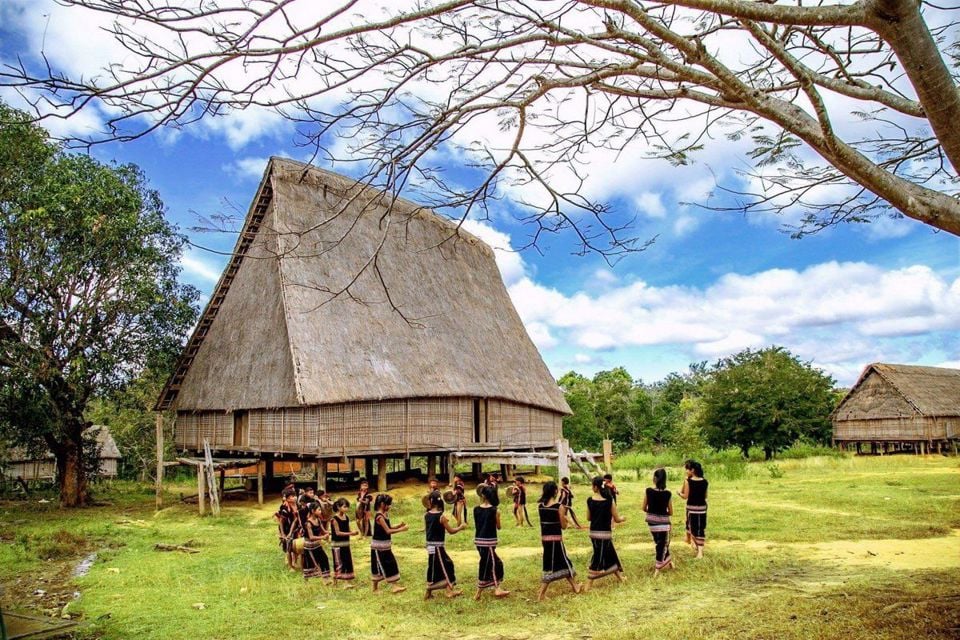
The plan sets out 6 key task groups to implement the Central Highlands Regional Planning for the 2021 - 2030 period, with a vision to 2050, including:
1- Transforming the structure and model of regional economic development towards focusing on investment in developing advantageous industries; improving competitiveness and effectively implementing regional development coordination mechanisms;
2- Develop regional infrastructure step by step in a synchronous and modern manner, focusing on transport infrastructure, energy infrastructure, digital infrastructure, science and technology infrastructure; social infrastructure, irrigation infrastructure, disaster prevention and control and climate change response;
3- Developing economic corridors connecting the Central Highlands - Southeast and the South Central and Central Central regions according to Decision No. 377/QD-TTg dated May 5, 2024, including economic corridors (i) Along the Western North - South Expressway (Kon Tum - Gia Lai - Dak Lak - Dak Nong - Binh Phuoc - Binh Duong) and Ho Chi Minh Road; (ii) East - West Economic Corridor (Bo Y - Pleiku - Quy Nhon Economic Corridor); (iii) Buon Ma Thuot - Khanh Hoa Economic Corridor; (iv) Dau Giay - Lien Khuong - Nha Trang Corridor; (v) Bu Prang - Gia Nghia - Bao Loc - Binh Thuan - Ninh Thuan Corridor.
4- Development of dynamic urban areas and rural areas
5- Effectively manage resources, protect the environment and respond to climate change; conserve, restore and enrich natural resources, especially water and forest resources.
6- On national defense and security.
Forming a focal point for agriculture associated with regional high-tech agricultural zones and economic corridors
In which, agriculture, forestry and fishery sector: Developing highly efficient, ecological, organic, large-scale agricultural economy associated with concentrated agricultural production areas applying high technology, suitable to the natural conditions of the region and each sub-region; focusing on developing key crops.
Forming a focal point for agriculture associated with regional high-tech agricultural zones and economic corridors; linking agricultural product value chains between localities.
Developing forestry and forest economy, encouraging the planting of production forests in places with suitable land conditions, creating raw material areas for forest product processing factories; developing medicinal plants and non-timber forest products under forest canopy; continuing to sustainably develop raw material areas to ensure economic efficiency associated with environmental protection in the exploitation and processing of forest products and non-timber forest products; increasing revenue from forest environmental services and carbon credit sales services.
Developing specialized industrial zones especially in the field of agricultural and forestry processing
Industry: Prioritize development and accelerate the process of structural transformation towards increasing the proportion of processing and manufacturing industries, industries with added value and high technology content, and environmental friendliness; linking with the advantages of raw materials in the region, strengthening effective links with the sub-regional industries of the Central Central, South Central and Southeast regions and the Vietnam - Laos - Cambodia Development Triangle to expand the market for raw materials supply and product consumption; increase investment of industrial enterprises in Laos and Cambodia.
Developing industrial parks in a sustainable direction, specializing in the field of agricultural and forestry processing, linked to central urban areas and economic corridors; sustainably developing the mining and processing industry of bauxite, alumina and aluminum (Dak Nong and Lam Dong provinces); developing mechanical, textile, chemical, pharmaceutical industries and fertilizer and bio-fertilizer production in the provinces in the region; developing renewable energy industry (wind power, solar power, rooftop solar power) in accordance with the national power development plan and natural conditions; prioritizing development in Gia Lai and Dak Lak provinces.
Building commercial and service areas in big cities
Service sector: Develop the service sector in a mutually supportive relationship with the agricultural and industrial sectors; focus on developing supply and consumption markets within and outside the region along regional connection corridors and with major seaports to international markets; promote cross-border goods exchange and trading activities on the basis of increasing investment in infrastructure at a number of international border gates: Bo Y (Kon Tum province), Le Thanh (Gia Lai province), Dak Peur (Dak Nong province) to promote trade with Laos and Cambodia.
Developing logistics services associated with regional centers and economic corridors connecting intra-regional and inter-regional trade activities to support the development of manufacturing industries associated with domestic and international markets; building trade centers, trade-service zones, fair-exhibition centers in large cities, regional centers, and sub-regions.
Developing eco-tourism, resorts, and cultural tourism associated with preserving and promoting the values and cultural identities of the Central Highlands ethnic groups; strengthening connections and improving service quality in the value chain of specific tourism products in key areas, associated with the heritage of gong cultural space and traditional festivals; strengthening connections with the provinces of the Central Central and South Central regions and linking tourism among the five Central Highlands provinces in a comprehensive and synchronous manner.
Ensuring synchronous and modern intra-regional and inter-regional connectivity
Infrastructure: Focus on completing the transportation network, on the basis of conformity with the transportation sector plans approved by competent authorities (scale, investment progress) and promoting the advantages of transportation methods, ensuring intra-regional and inter-regional connectivity in a synchronous, modern direction, convenient connection of the entire region to seaports, domestic and international airports, reducing transportation costs;
Develop the irrigation network in a modern direction, proactively supplying and draining water to serve agricultural production and people's lives; complete the construction and upgrading of irrigation works, reservoirs, and large dams to ensure water security for production and people's lives in accordance with the Planning for natural disaster prevention, control and irrigation for the period 2021 - 2030, with a vision to 2050.
Developing energy infrastructure according to the National Energy Master Plan for the 2021-2030 period, with a vision to 2050; completing a synchronous and modern regional power grid according to the National Power Development Plan for the 2021-2030 period, with a vision to 2050; developing infrastructure for storing and supplying petroleum and gas according to the National Petroleum and Gas Storage and Supply Infrastructure Plan for the 2021-2030 period, with a vision to 2050.
Focus on implementing 3 pillars of digital transformation
The Central Highlands region focuses on implementing three pillars of digital transformation including digital government, digital economy, and digital society to ensure consistency, modernity, and consistency with the Information and Communications Infrastructure Planning for the 2021-2030 period, with a vision to 2050.
Developing a synchronous social infrastructure network in the region including a network of educational and training facilities, a network of vocational education and social assistance facilities, a network of medical and health care facilities, a network of cultural and sports facilities, a network of science, technology and innovation, commercial and logistic infrastructure, press, publishing, radio, television, grassroots information, foreign information...
Source: https://kinhtedothi.vn/6-nhom-nhiem-vu-trong-tam-de-thuc-hien-quy-hoach-vung-tay-nguyen.html





![[Photo] General Secretary To Lam and his wife attend the 50th Anniversary of Laos National Day](/_next/image?url=https%3A%2F%2Fvphoto.vietnam.vn%2Fthumb%2F1200x675%2Fvietnam%2Fresource%2FIMAGE%2F2025%2F12%2F02%2F1764641507374_1-jpg.webp&w=3840&q=75)

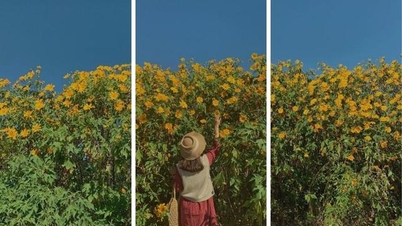




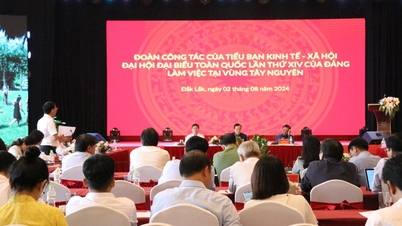
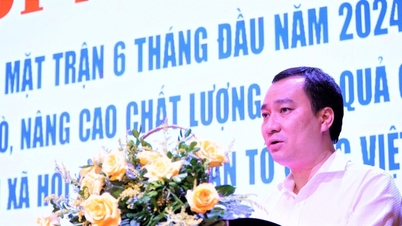

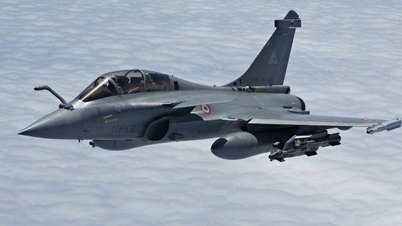

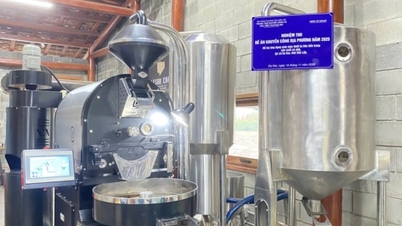
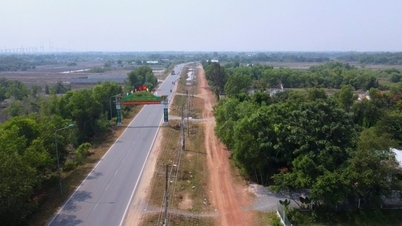

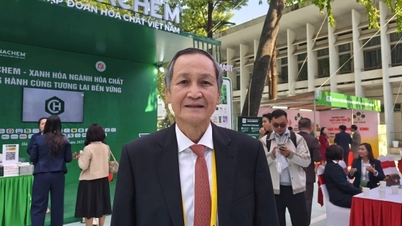
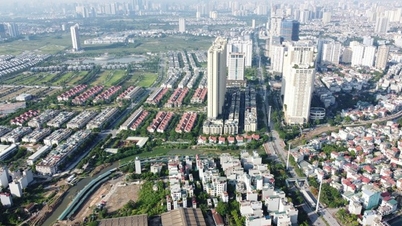
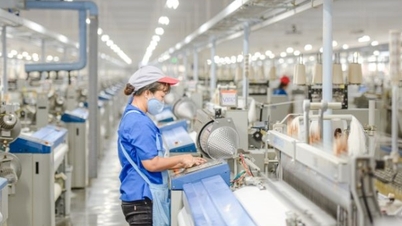




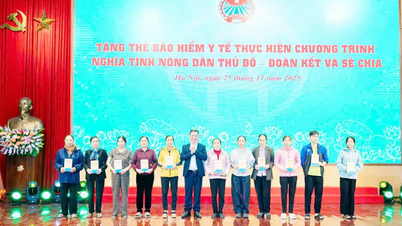

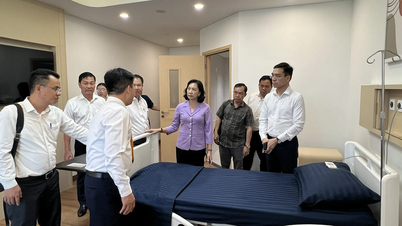
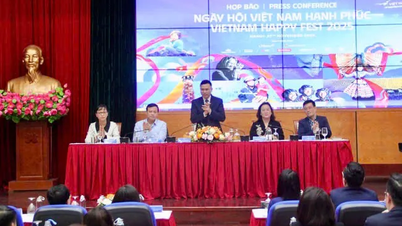
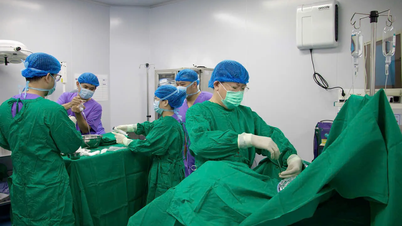
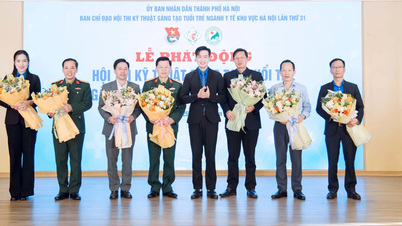
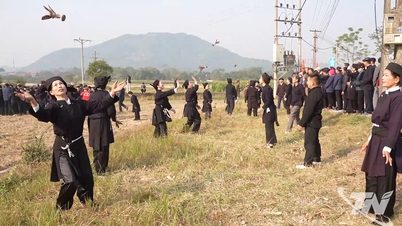



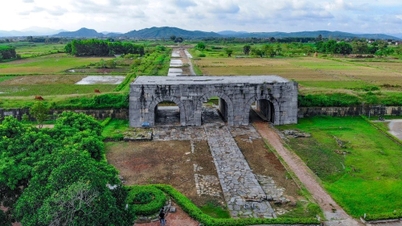



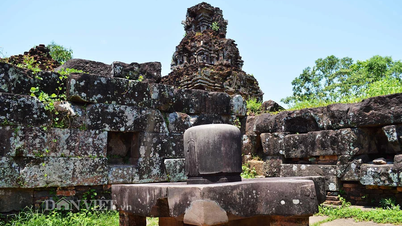

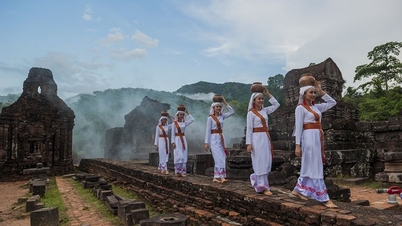
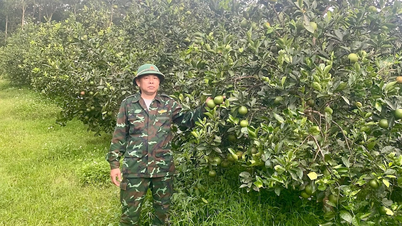

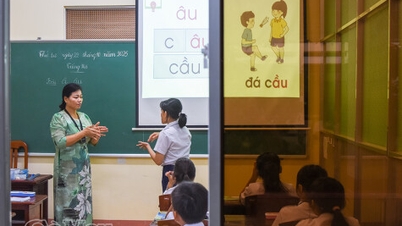



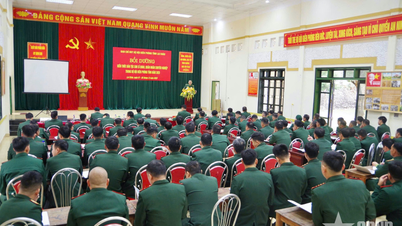



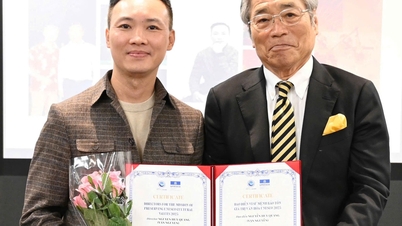


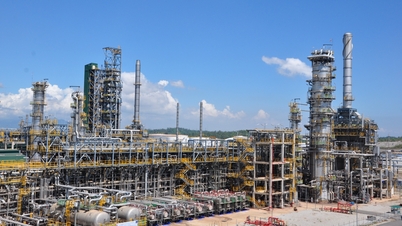

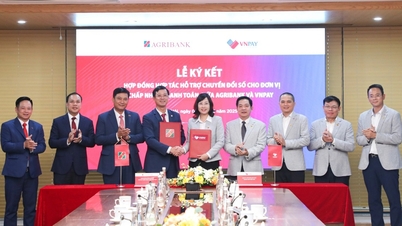
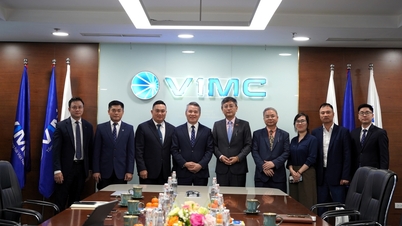











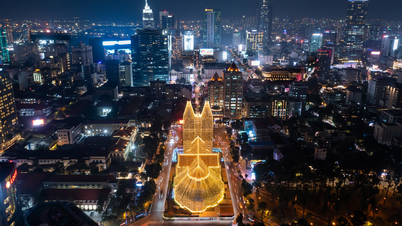



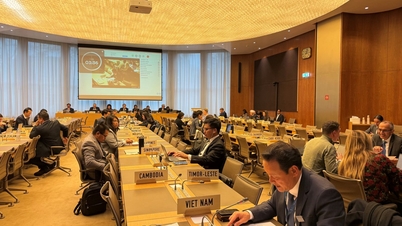



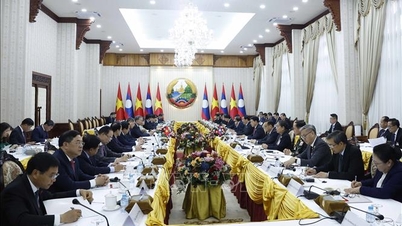
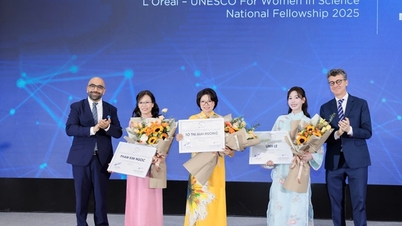

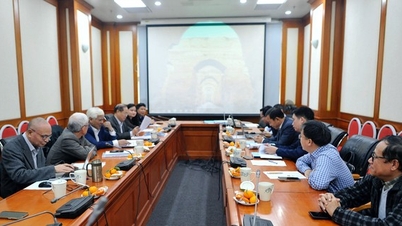
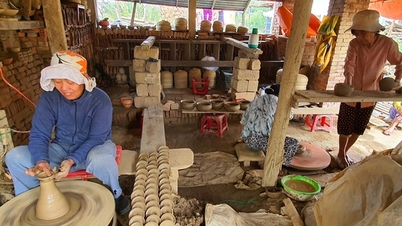

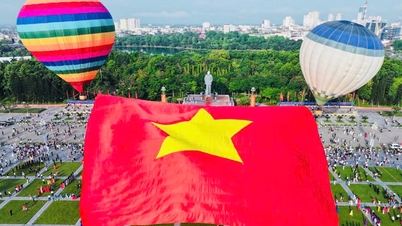

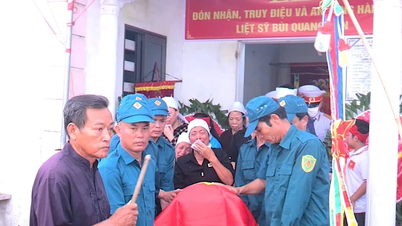

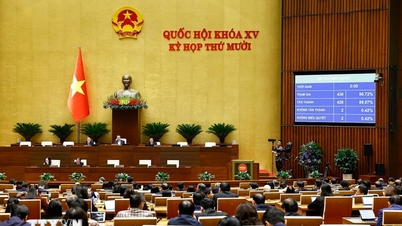

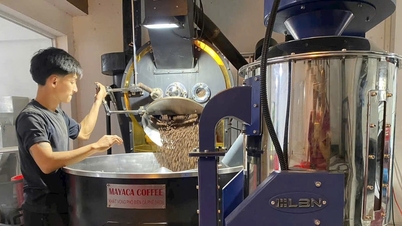

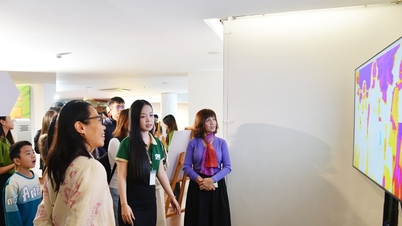
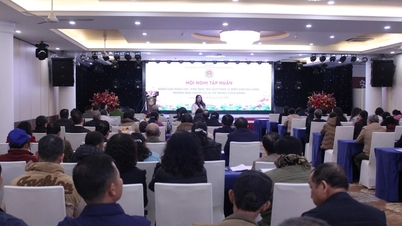









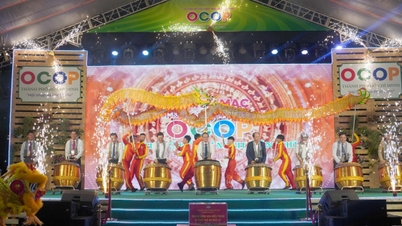





Comment (0)